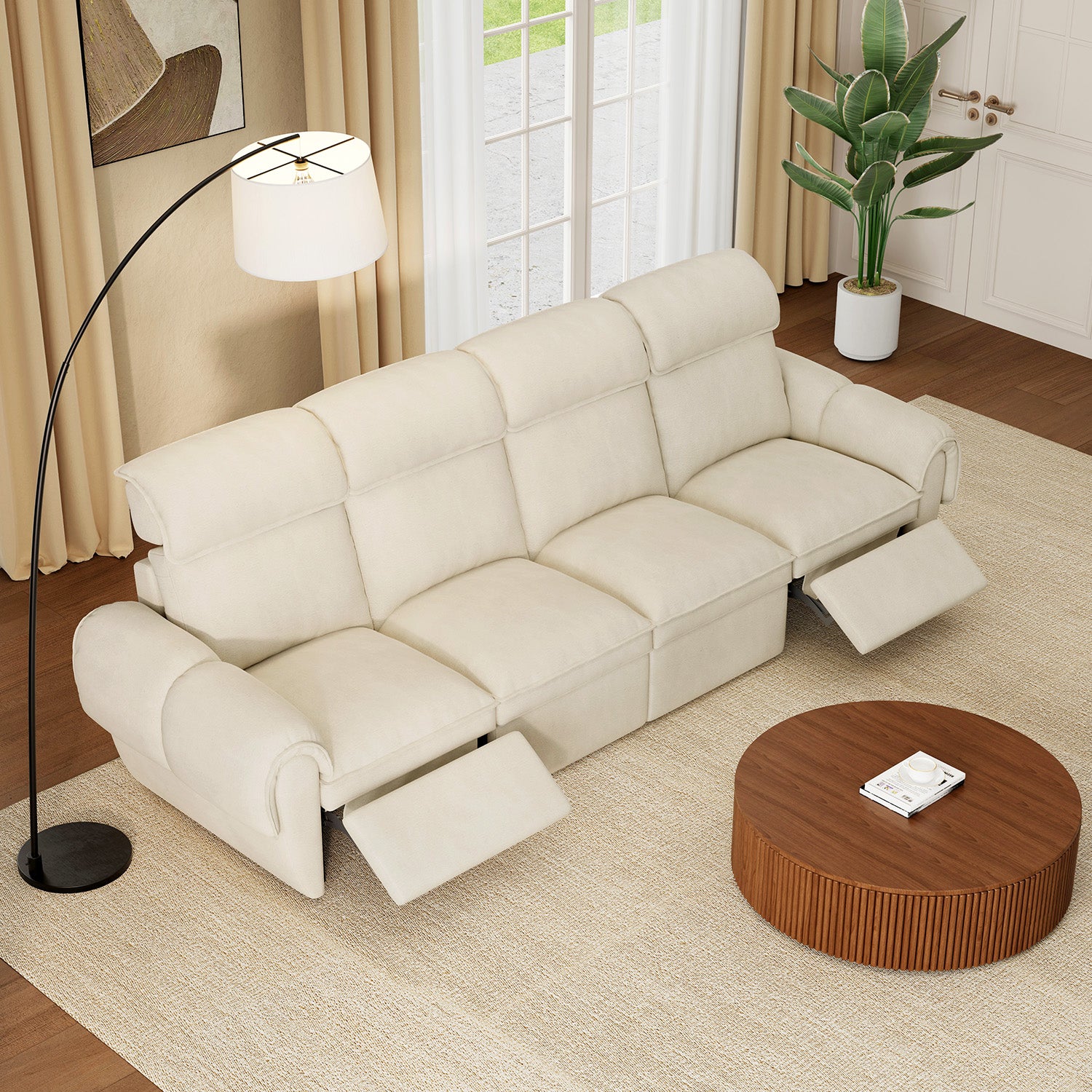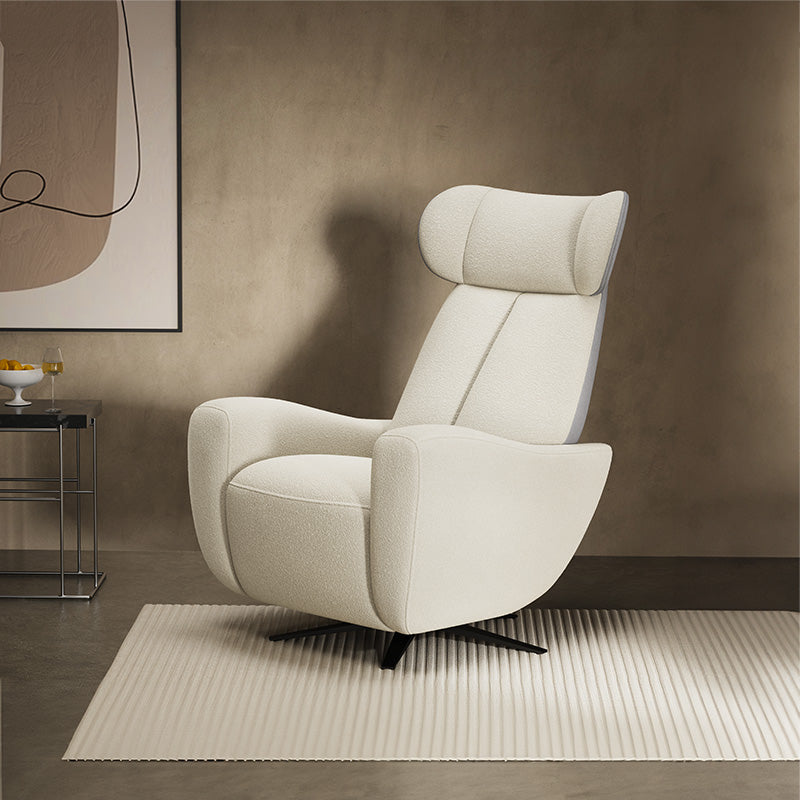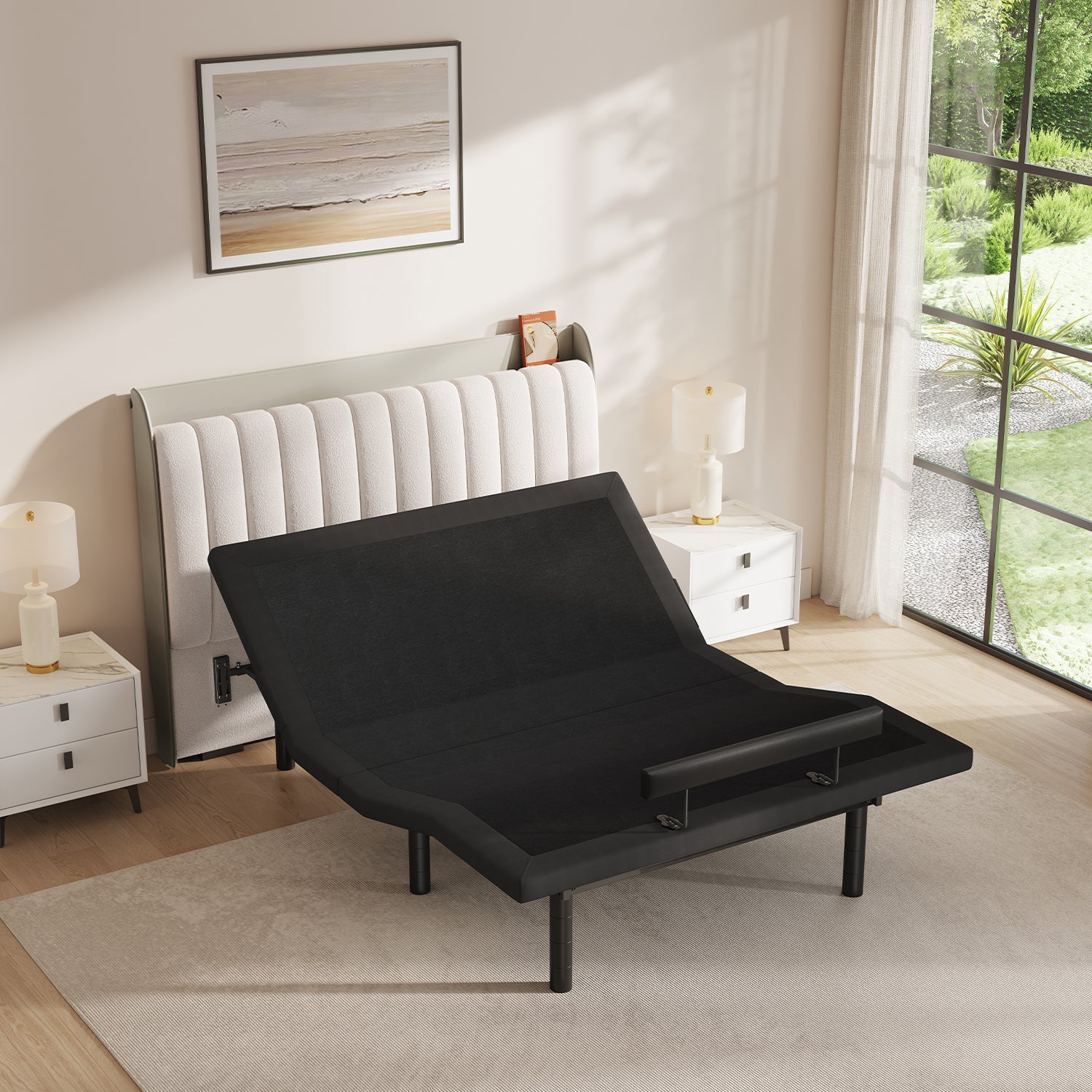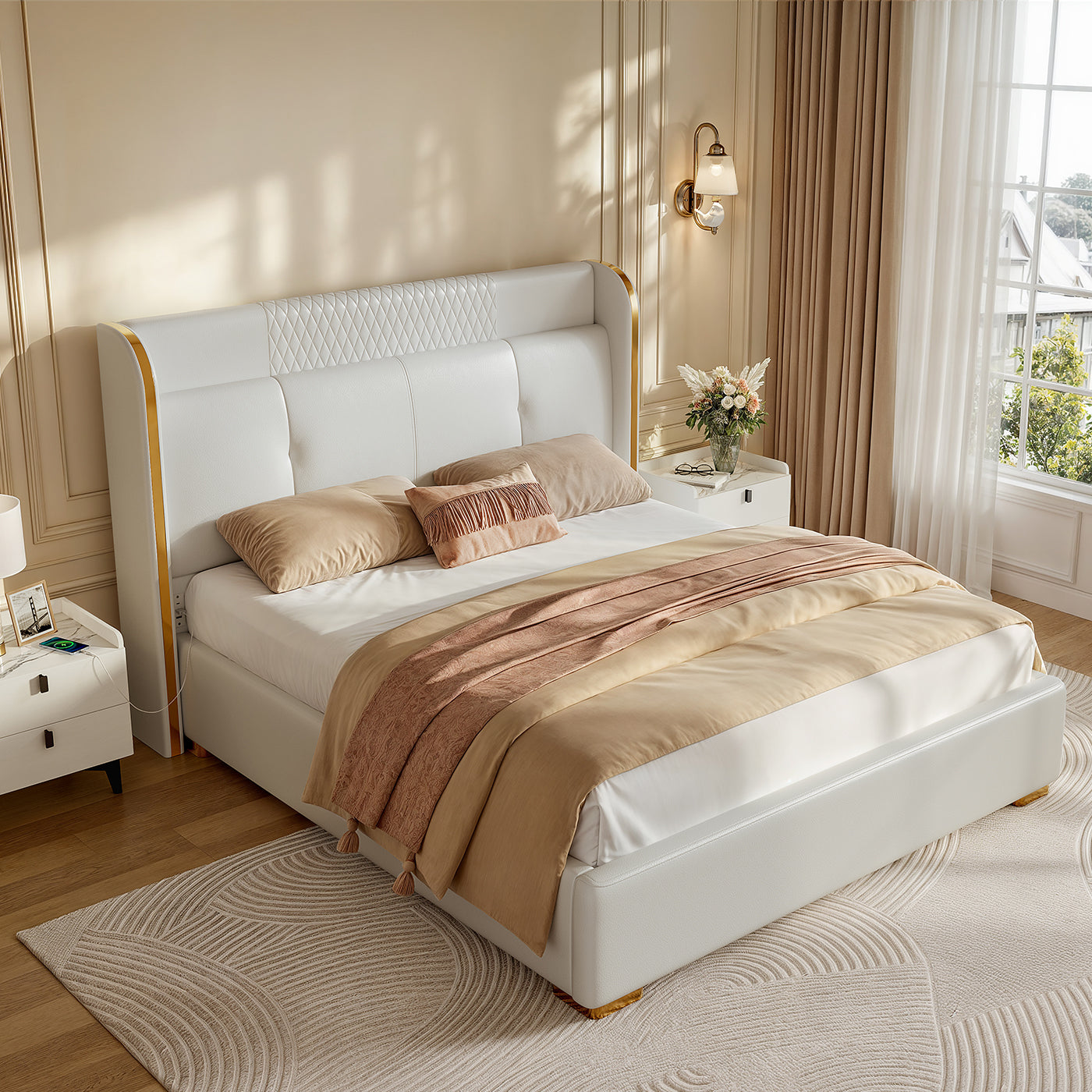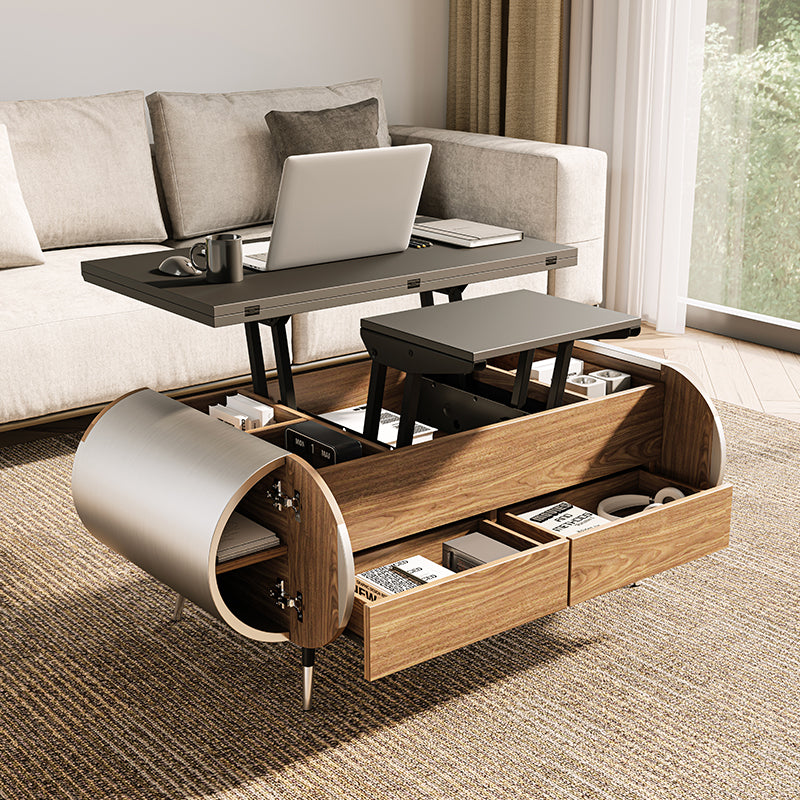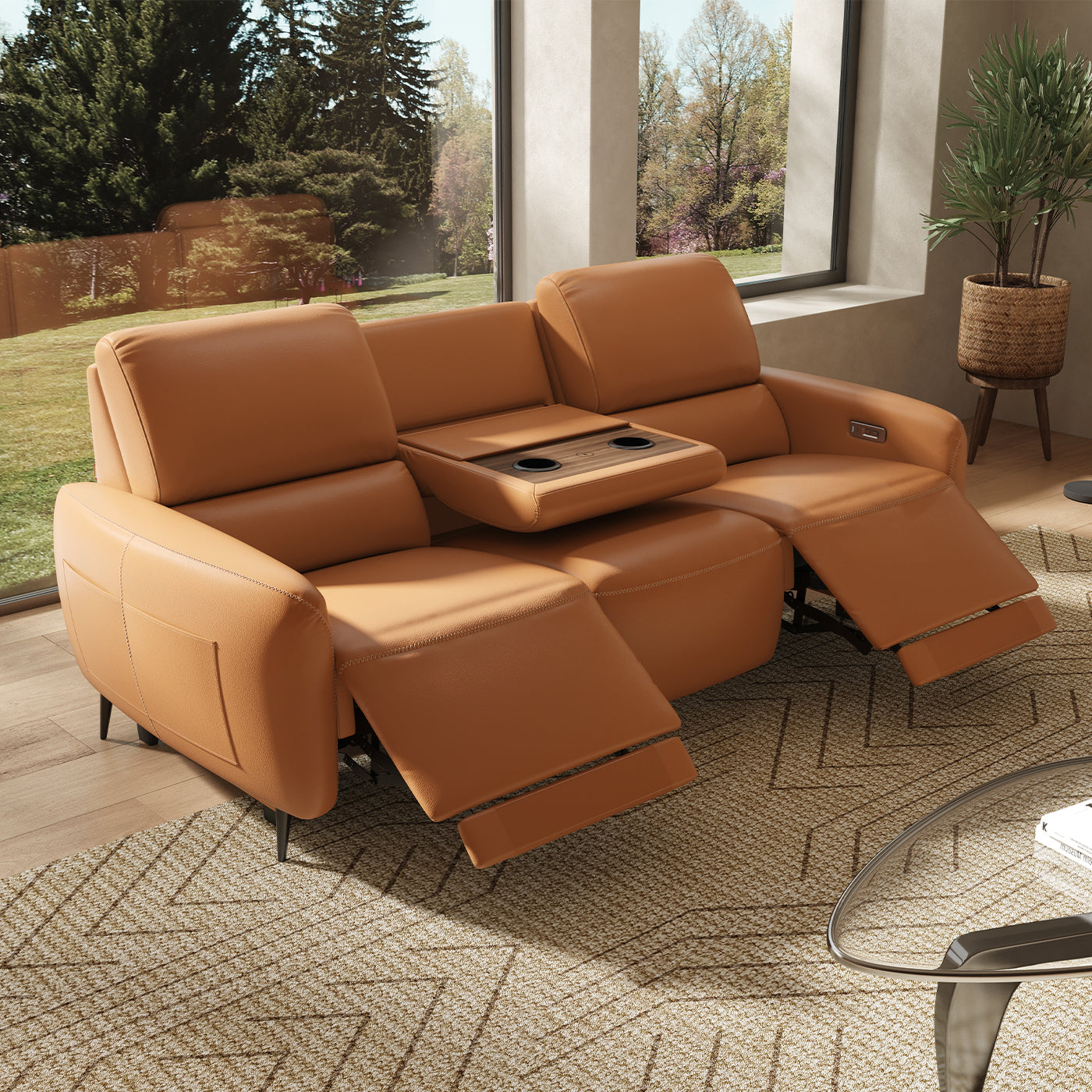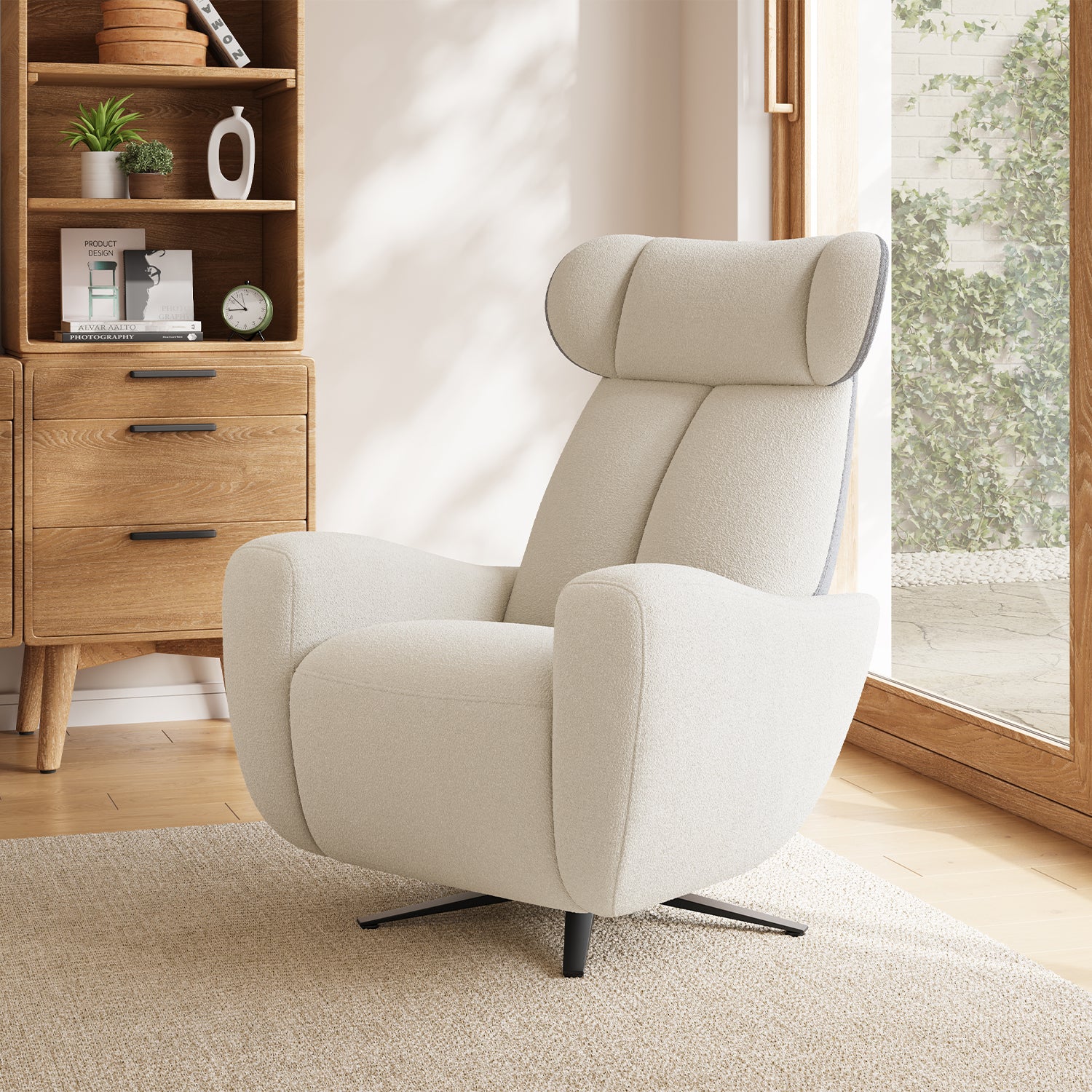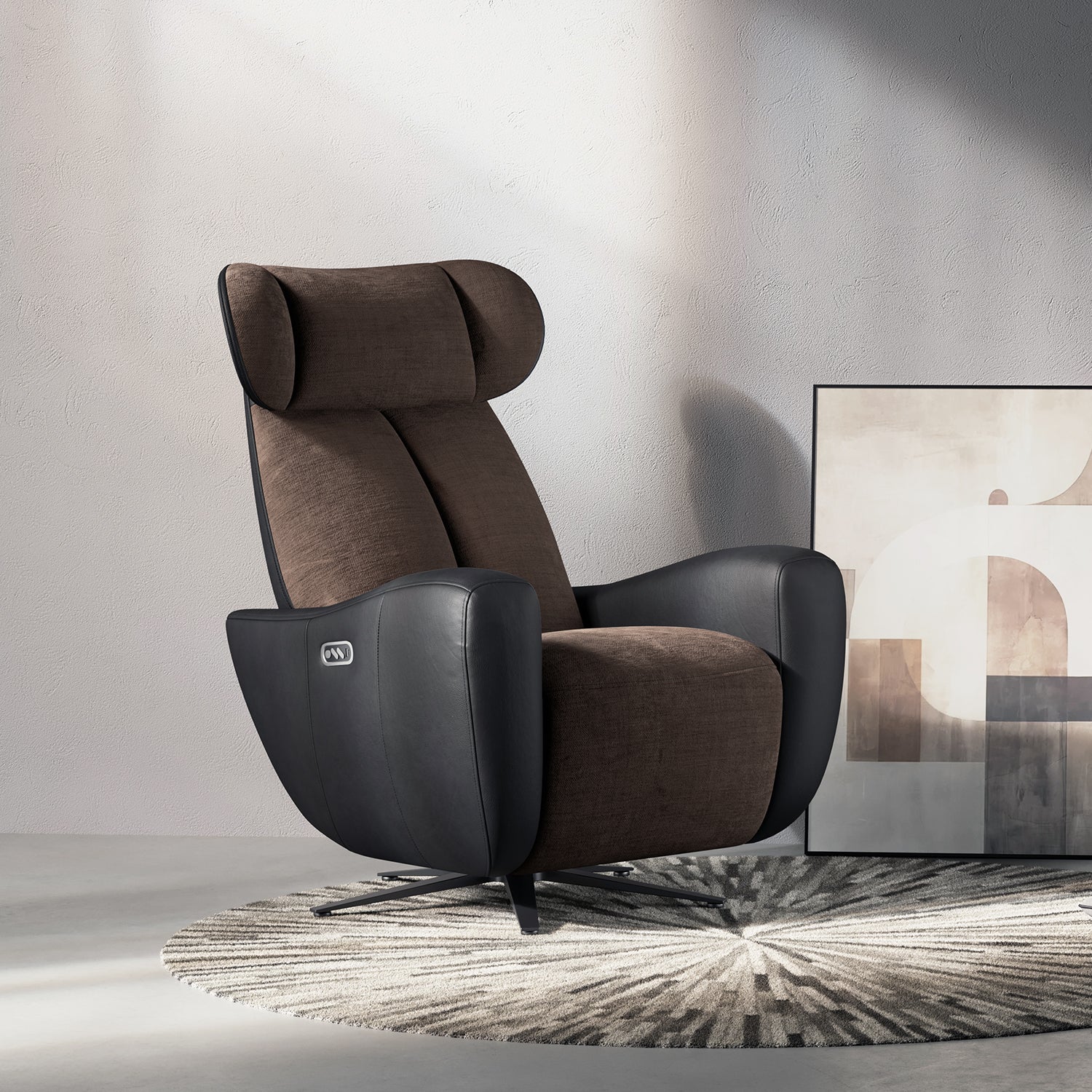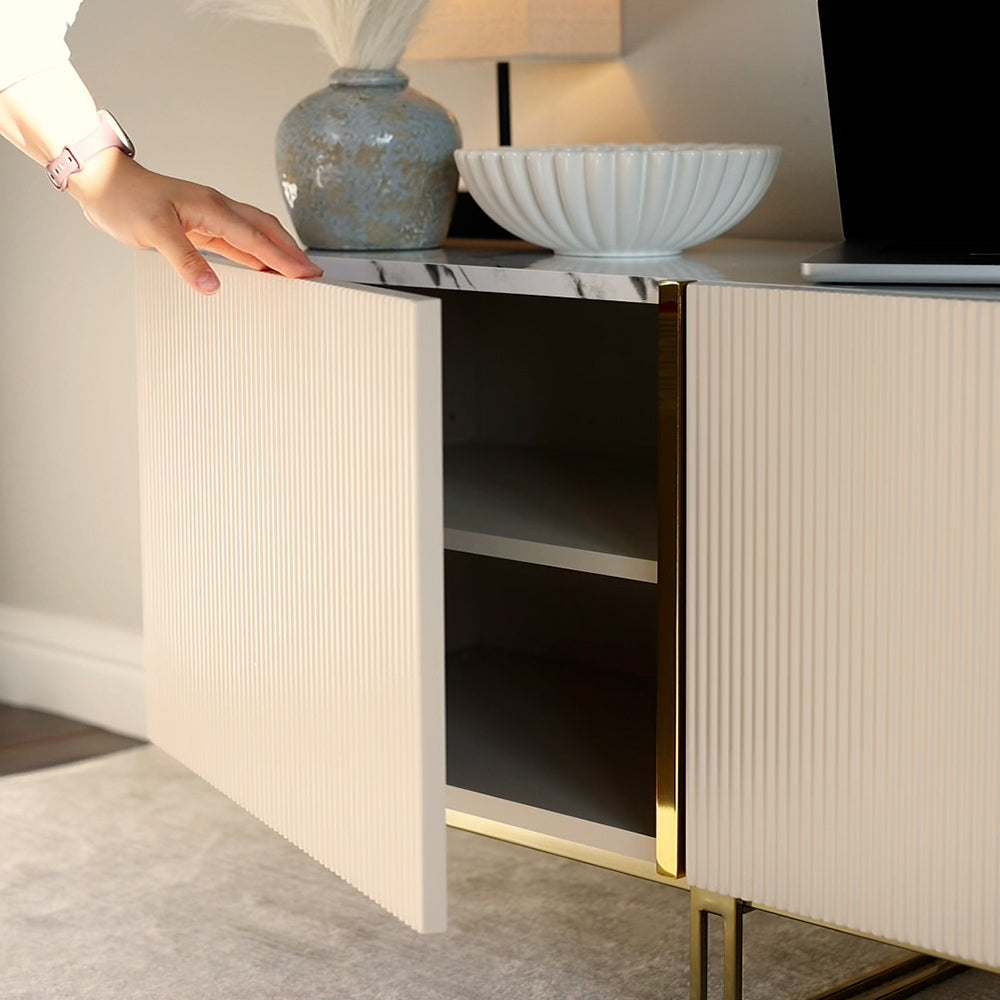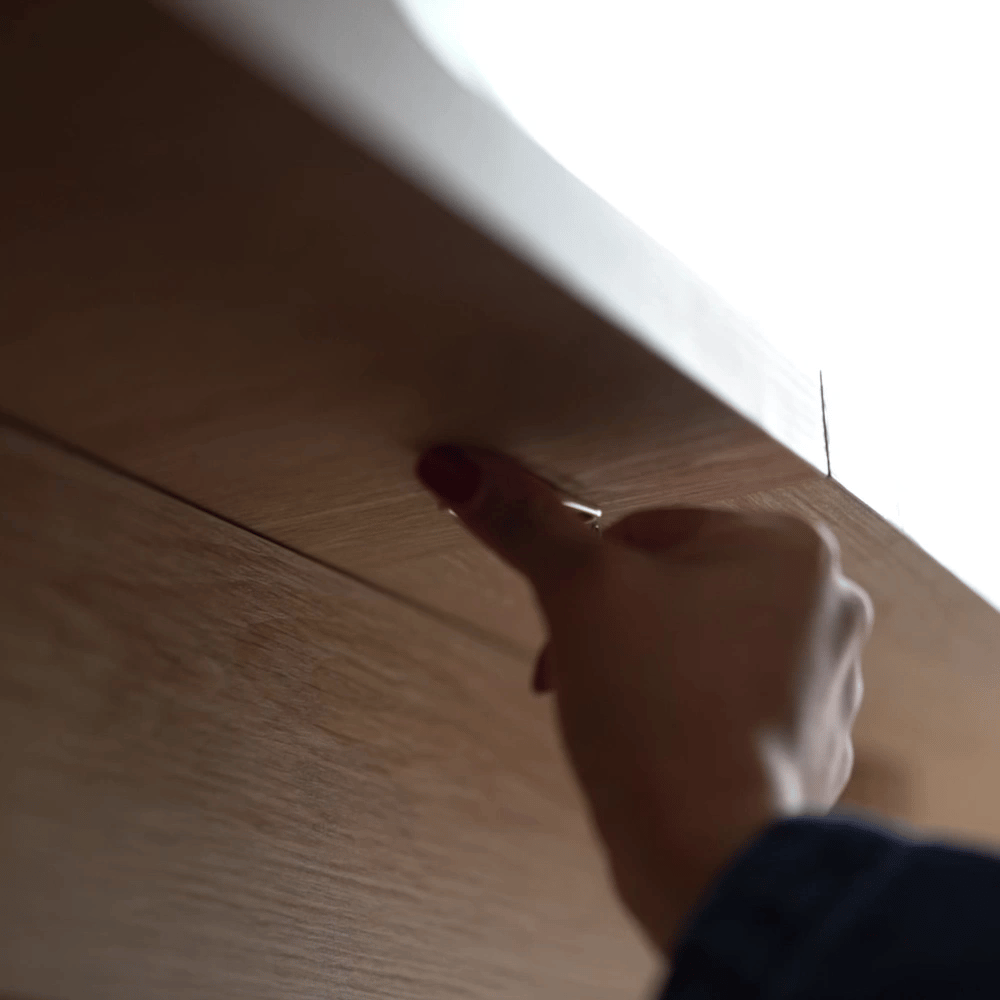Keeping a dog off the couch when you're away can be a bit challenging, especially if they love the comfort of your furniture as much as you do. But if you’re looking to maintain the condition of your couch, prevent fur and dirt buildup, or simply ensure that your pet learns proper boundaries, there are ways to keep them off the couch even when you’re not around. This article provides effective methods, from training techniques to deterrent devices, to help your dog learn to stay off the furniture when you’re not at home.
Table of Content
1. Start with Training and Consistency
The most effective way to ensure your dog stays off the couch is through consistent training. Training teaches your pet which behaviors are acceptable and which are not, and clear rules help them know what’s expected. Here are a few steps to start with:
Teach the "Off" Command:
When you see your dog on the couch, use a firm but gentle "off" command. When they comply, reward them immediately with a treat or praise to reinforce the behavior. Consistently repeating this process will help your dog understand that they’re not allowed on the couch.
Reward for Good Behavior:
If you find your dog lounging in their bed or another approved spot instead of the couch, reward them with treats, toys, or affection. Positive reinforcement can be highly effective in reinforcing their understanding of “good” places to rest.
Limit Access:
If your dog is tempted to jump onto the couch when you’re around, it’s very likely they’ll do the same when you’re not there. To prevent this, restrict their access to rooms with furniture they’re not allowed to use. Consider using baby gates or closing doors when you’re not at home to limit their options.
2. Provide an Appealing Alternative
Sometimes, dogs hop onto the couch simply because it’s comfortable, so giving them an equally cozy alternative can help reduce the temptation. Make sure your dog has a bed or designated spot where they can rest comfortably.
Choose a Comfortable Dog Bed:
Invest in a quality dog bed that suits your dog’s size and preferences. Some dogs prefer soft, plush beds, while others enjoy firmer surfaces. Experiment with different types to see what they like best.
Place the Bed Near the Couch:
If your dog is used to being close to you when you're on the couch, placing their bed near it can help. This way, they can still be close to the familiar scent and location without actually being on the couch.
Encourage Use of the Bed:
Use treats and toys to encourage your dog to settle in their bed. For example, give them a treat every time they go to their bed instead of the couch. Over time, they’ll learn that their bed is a great place to rest.

3. Use Deterrents When You’re Away
If training alone doesn’t work, there are safe deterrents available that discourage dogs from getting on furniture. Here are some effective deterrent options to try:
Furniture Covers with Uncomfortable Textures:
Dogs don’t like certain textures, so placing a cover with a mildly uncomfortable texture on the couch can deter them. Materials like aluminum foil, plastic carpet runners (spiky side up), or vinyl couch protectors can work well. When your dog jumps on the couch, they’ll find it uncomfortable and eventually learn to avoid it.
Pet-Safe Deterrent Sprays:
Some pet-safe sprays are designed to deter pets from certain areas due to their smell. Citrus or bitter apple scents are safe for dogs but unpleasant enough to keep them away from specific spots. Lightly misting these on your couch may discourage your dog from jumping on it.
Sonic Deterrent Devices:
These devices are triggered when a pet climbs onto the couch, emitting a sound that’s unpleasant to them but harmless. Over time, your dog will associate the couch with this sound and learn to avoid it. Some products also have vibration options that work well for sensitive pets.

4. Establish Boundaries Using Technology
Another option to keep dogs off furniture when you’re not home is to use pet-specific technology. This can be especially helpful if your dog is persistent or if you’re training a young puppy.
Pet Cameras:
Pet cameras that include two-way audio can help you monitor your dog and even communicate with them remotely. When you see them on the couch, you can use the camera's microphone to give them a command like "off" and reinforce the training. Some cameras also dispense treats, making it easy to reward them when they obey.
Automated Pet Deterrents:
Motion-activated deterrent devices can startle your pet without causing harm. For example, some devices release a burst of air or sound when they sense movement, surprising the dog and discouraging them from getting on the couch. Over time, they’ll associate the couch with this harmless but unpleasant response and will likely avoid it.
5. Practice Patience and Persistence
Teaching your dog to stay off the couch is a process, especially if they’ve been allowed on it in the past. It’s essential to stay consistent, use positive reinforcement, and be patient as they learn this new behavior. Here are some final tips to help:
Don’t Give Mixed Messages:
If you don’t want your dog on the couch when you’re not home, it’s best to avoid allowing them on it at any time. Mixed signals can be confusing and make it harder for them to understand the boundaries.
Stay Positive:
Training can be challenging, but dogs respond well to positivity. Reward them when they choose to stay off the couch and stick to their designated bed.
Be Patient with Setbacks:
Like any training, there may be setbacks. If you come home and find that your dog has still managed to get on the couch, remain patient and avoid punishment. Instead, reinforce their positive behavior and continue using deterrents or alternative resting spots.
5. Conclusion
Keeping a dog off the couch when you're not home takes a combination of consistent training, providing an appealing alternative, and using safe deterrents or technology if necessary. By establishing clear boundaries, reinforcing good behavior, and ensuring they have a comfortable spot of their own, you can help your dog understand where they’re allowed to rest and protect your furniture in the process. Remember, patience and consistency are key, and with time, your dog will learn to respect these boundaries even when you’re away.
If you want to buy our home furniture or couch for living room, you can check out more on our store



